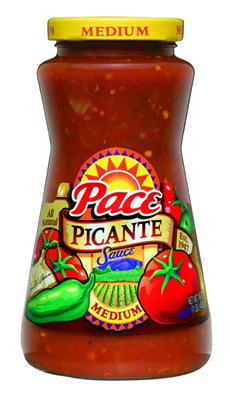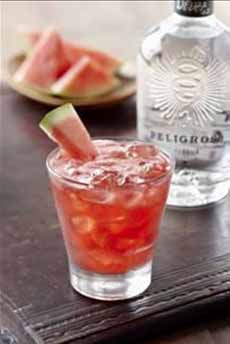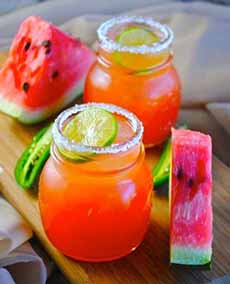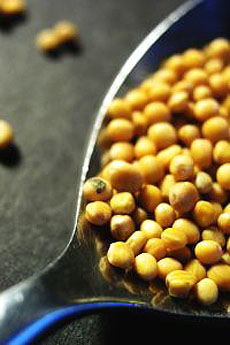| When you see a jar of Pace salsa on the shelf of your supermarket, are you aware that Pace is the brand that “started it all” in bottled salsa? While salsa seems ubiquitous—and unless you’re in the business, you won’t believe how many different brands there are—there was no salsa on the shelf in 1947 (just hot sauce), when Dave Pace introduced his original Pace Picante sauce. It was a smooth blend of tomatoes, onions and jalapeños. (In 1995, Pace Foods was acquired by Campbell Soup Company.)
Over the years, the “menu” has expanded to include Chunky Salsa, Pico De Gallo, Salsa Verde, Mexican Four Cheese Salsa con Queso, Pineapple Mango Chipotle Salsa and Black Bean & Roasted Corn Salsa.
Recently, we tried the latter two salsas, the newest additions to the line. Admittedly, we’re not into fruit salsa. We like salsa because it’s savory and sugar-free. Add fruit and sugar, and you’ve sweetened something that we enjoy because it’s the antithesis of sweet. Yet, peach, pineapple and mango salsas are big sellers: Never underestimate how the American palate has been warped to want sugar in bread, soup, stews, even salsa. We pour sugar onto our meat (barbecue sauce, steak sauce, ketchup) and potatoes (look at the ingredients in flavored chips). |
|

Pace was the first commercial salsa in America, launched in 1947. |
| The Black Bean & Roasted Corn Salsa is also sweetened, to a lesser extent, with sugar and unsuphured molasses. If you’d like to try black bean salsa without sugar, our favorite is Jardine’s. Granted, it’s twice the price of Pace, but the savory salsas have no sugar and Jardine’s Salsa Bobos, (bobos is Spanish for “confetti”) is so thick with beans and corn that it could be served as a side vegetable. For old time’s sake, though, pick up a jar of Pace Picante Sauce and see how the whole salsa movement began.
|




